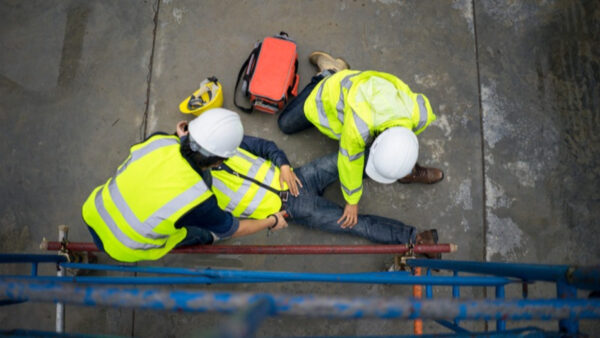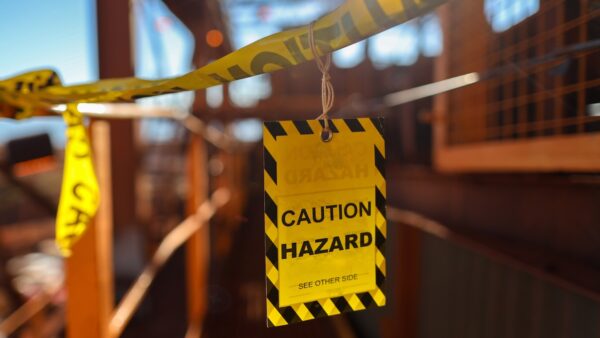
Health and Safety Executive (HSE) inspectors have found companies where the health of workers is being neglected when managing dust exposure risks.
Examples include carrying out simple tasks such as sweeping up indoors without providing suitable face-fit tested respiratory protective equipment (RPE), or damping down to control the dust generated.
The inspections are part of the HSE’s Dust Kills campaign. Other instances of poor practice include lack of on-tool extraction on high-powered cutting saws that generate silica and wood dust; and poorly maintained extraction equipment such as hoses and units, making it ineffective.
Companies also failed to make suitable RPE available for workers on site. Or where it was available, there were no measures to ensure its use.
A key area of concern is that inspectors are still finding sites where the hierarchy of controls is not considered at all and where no effective design or planning is in place to eliminate risks from dust, such as considering the use of pre-cut materials.
Inspectors also found sites where nothing is in place to minimise the risks of dust exposure. For example by use of suitable control measures such as water suppression, on-tool extraction and RPE.
Encouraging measures
Inspectors also found examples of good practice, including the use of motorised water suppression alongside face-fit tested FFP3 RPE to reduce exposure to silicosis and lung cancer-causing respirable crystalline silica.
They also saw air-fed hoods (or powered air respirators) being used when using high-powered cutting saws during carpentry to prevent exposure to asthma-causing wood dust.
Some employers also included the details of HSE’s Dust Kills campaign in company health, safety and environmental newsletters to raise awareness of the effects of dust exposure and the importance of effective control measures to improve the long-term health of construction workers.
HSE’s acting head of construction division, Mike Thomas, said: “Regularly breathing in the dust generated by many construction activities can cause diseases like lung cancer, asthma, chronic obstructive pulmonary disease and silicosis.
“Every year we see construction workers die from these diseases caused or made worse by their work because the necessary precautions required to protect their long-term lung health have not been taken by employers and workers themselves.
“A full evaluation of the inspection data is underway, and we will release more information in due course.”
The HSE carried out more than 1,000 inspections between May and July focusing on what businesses and workers were doing to prevent or adequately control the risks from construction dust.











